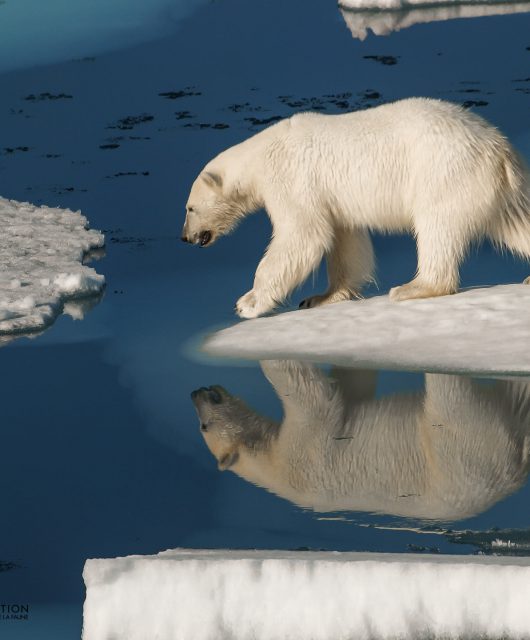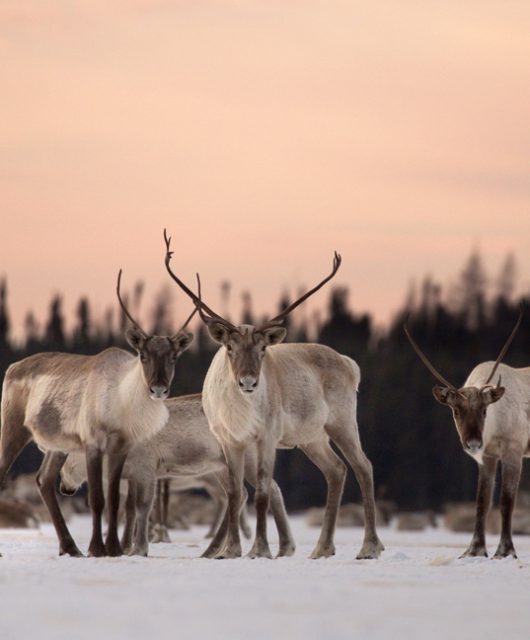A brighter and greener future for Canada
Sustainable jobs. Net zero carbon emissions. Full nature recovery.
These are three of the goals of the Green Budget Coalition, an extraordinary advocacy group, co-chaired by the Canadian Wildlife Federation.
If the federal government adopts the detailed recommendations, carefully crafted by 23 of the country’s leading environmental organizations, Canada will be able to halt the biodiversity and climate crises. You can help, by learning about and sharing these critical strategies.
The Big Three
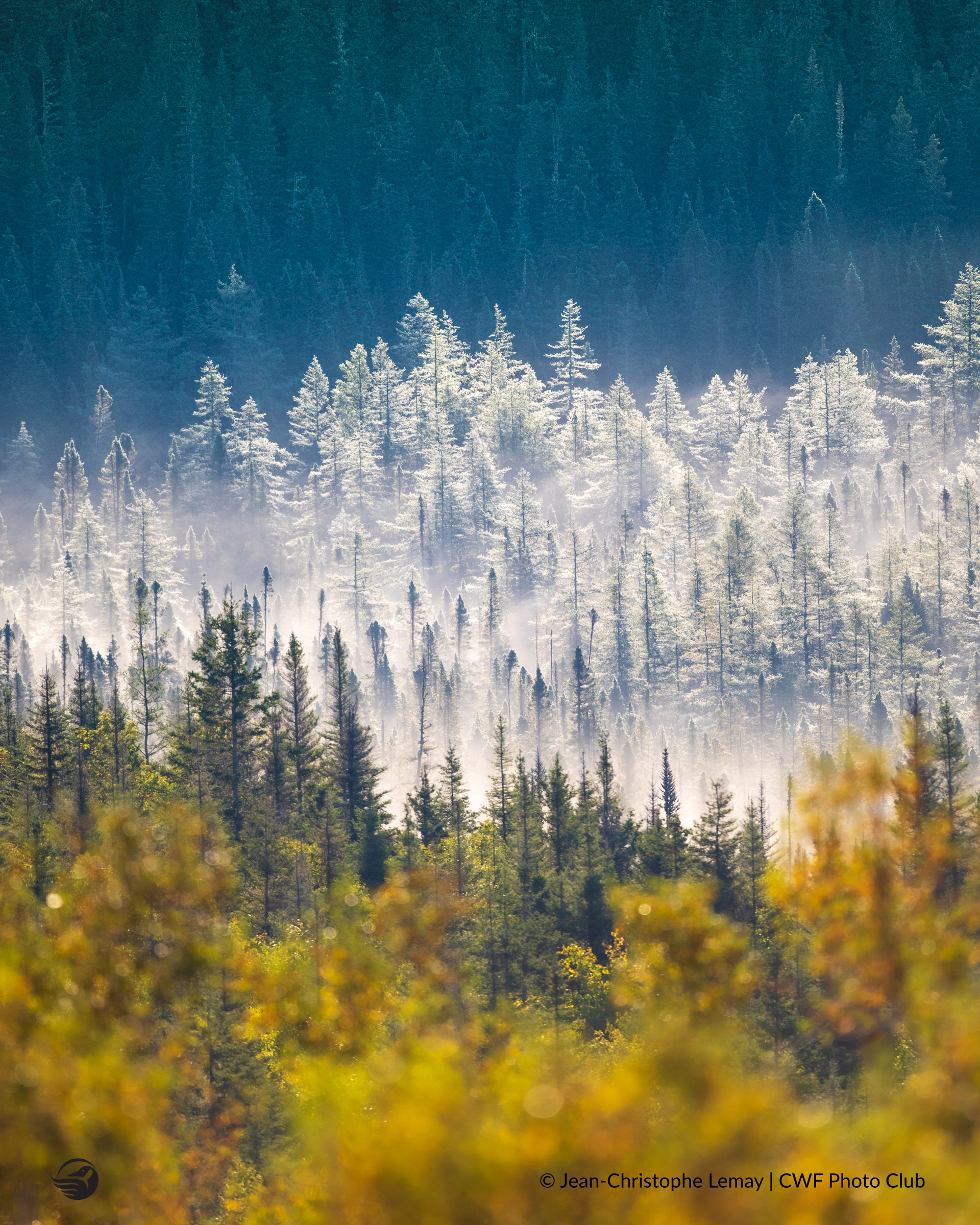
The Green Budget Coalition has created a comprehensive budget document for government leaders, but it all boils down to three objectives and five recommendations.
- Climate – Net Zero Emissions by 2050
- Support a renovation wave featuring job creation in environmental areas
- Ensure subsidies and public financing for phasing out of fossil fuels
- Nature – Full Nature Recovery by 2050
- Invest in freshwater protection, management and restoration
- Provide permanent protected areas funding
- Environmental Justice
- Create an office of environmental justice and equity
David Browne, CWF’s Director of Conservation, is the co-chair of the coalition. To achieve full nature recovery, he highlights several essential components related to CWF’s mission and some of our signature species and their critical habitats.
Freshwater
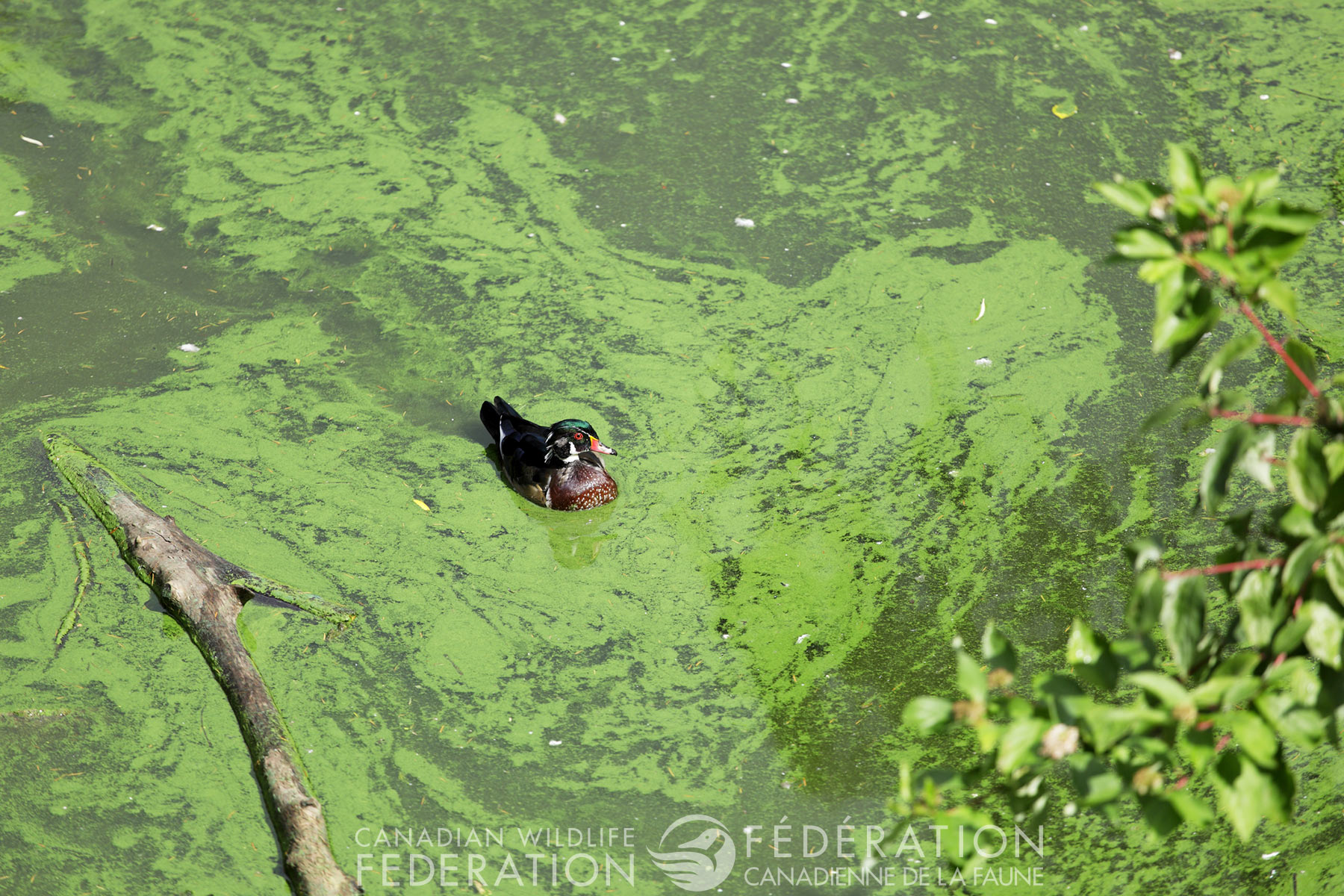
The management and stewardship of Canada’s freshwater environments is one of the great challenges of our time, Browne says. And it’s non-negotiable.
On the Hook:
Across Canada, 56 per cent of freshwater fish species or unique populations are at risk. Climate change and habitat loss are taking a toll on culturally and economically important fish species with particularly severe impacts on cold water and migratory species such as salmon. Due to shared jurisdiction and multiple overlapping interests, the management of freshwater environments requires a shared responsibility approach between all levels of government that sets out a holistic management framework, Browne explains.
Migratory Birds
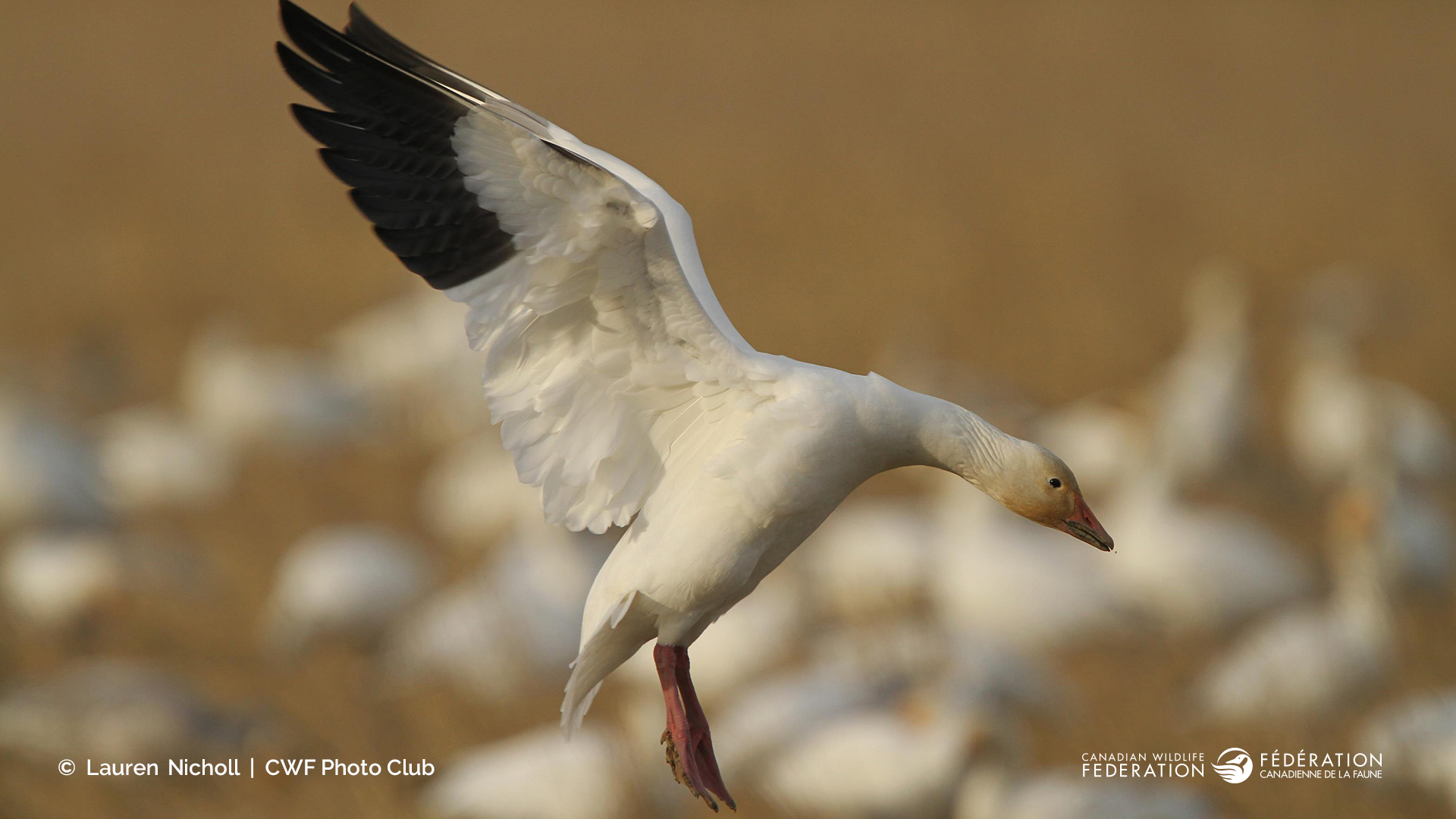
Beloved by Canadians, Canada’s 451 native bird species keep ecosystems healthy through pest control, pollination, seed dispersal and nutrient cycling. However, North America has lost one-third of its wild birds since 1970. It is time to invest in birds by:
- Mitigating human-related bird mortality in urban, agriculture and other human-altered landscapes
- Maintaining strong science programs to inform conservation efforts
- Supporting Indigenous-led conservation and management of migratory bird habitat
Canadians have come together to save birds like the Peregrine Falcon in the past. We can do it again.
Wildlife Health
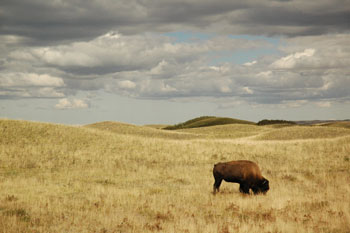
The Green Budget Coalition also stresses the importance of a national wildlife health program. This would protect and conserve native fauna from harm due to emerging pathogens and sustain ecological and economic services provided by wildlife. Other benefits include:
- Providing assurances to Canadians that depend upon healthy wildlife for sustenance
- Meeting our national and international obligations for disease surveillance in relation to public health, agriculture and trade
- Reducing surprises from emerging disease threats, particularly those anticipated with climate change, globalization, and erosion of ecological integrity
Can Canada Afford to Green the Budget?
Can we afford not to? The pandemic and severe weather events have shown us the essential need to include nature in our nation’s fiscal plan. Read more, and share your support for the strategy at greenbudget.ca.

